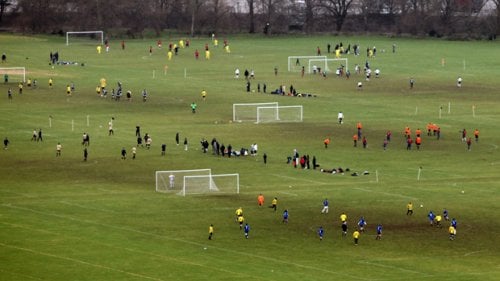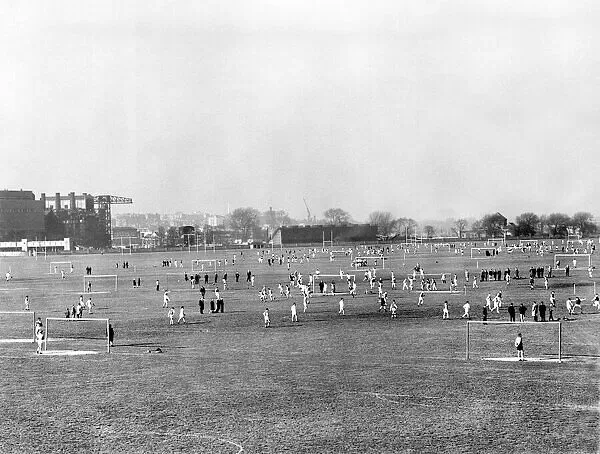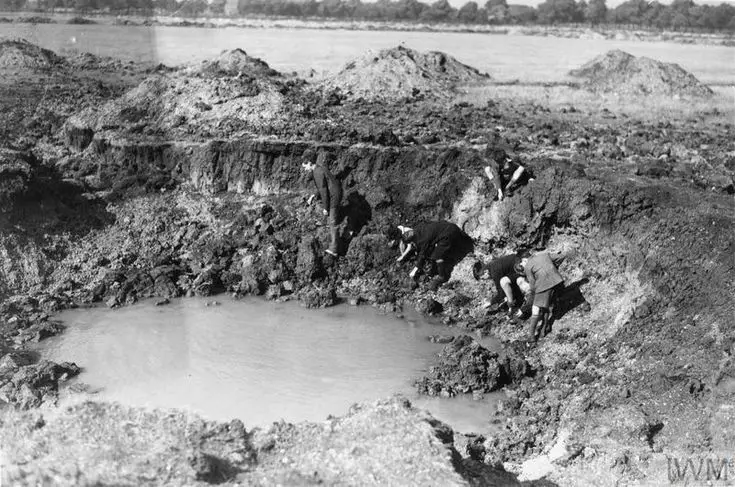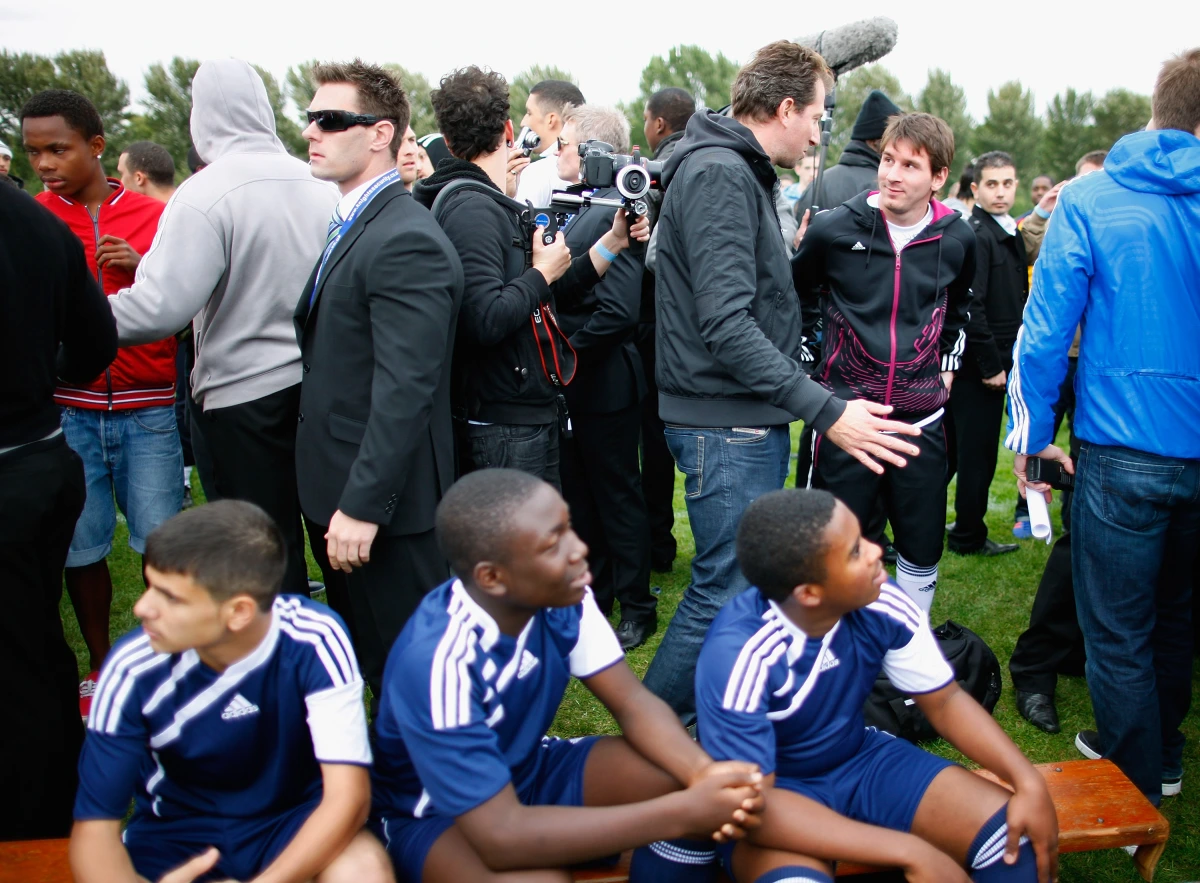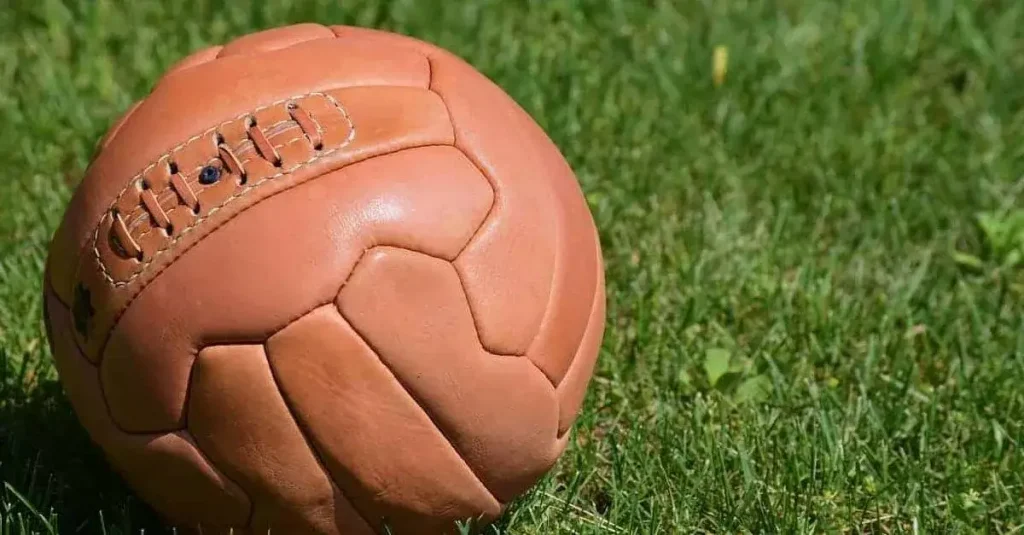Football has been played on the pitches of Hackney Marshes for almost a century. The marshes have long been known as the spiritual home of Sunday League football in England, with thousands of amateur players taking to the pitches every weekend.
With such a volume of players over the years, it’s expected that some among them would find success. Like an online casino, the sheer number of players makes success for someone inevitable. Yet more than just due to individuals finding stardom, Hackney Marshes has carried a community and provided a place to play football for hundreds of thousands of people over the years.
A 6,000 Year Legacy
A rich and diverse History, Hackney Marshes reflects the evolution of the sport and the changing demographics of the local area. At its peak, the Marshes would boast 120 full-length pitches with around 2,500 footballers playing every Sunday.
More than that, humanities reliance Hackney Marshes dates as far back as 4,000 BC! Though at this time it was relied on thanks to its crucial access to water and fish, rather than the best place to crunch a tricky winger without fear of assault charges.
During the Roman period, the marshes were used as a burial ground. The remains of several Roman villas have been found in the area, alongside evidence of a Roman road that once ran through the marshes. Having withstood Millenia, Hackney Marshes has a storied history that transcends football itself; an integral part and foundry for human life.
But, you’re here for football history, and from a footballing perspective, it would be some time until the Marshes would be transformed into what we know today. Football would gain significant popularity here in the 1920’s and 30’s.
The Start of Sunday League Football
In the 1920s, the London County Council acquired the land, beginning work on transforming the marshes into a public park. The park would officially open in 1932, quickly becoming a popular destination for local residents.
Local teams would begin to form and the Marshes were loved as one of the few places for anyone to play organised football consistently, without the need to be a professional. It would quickly gain a reputation as a tough and uncompromising place to play football, a reputation still intrinsic within Sunday League football today.
The first football pitches were laid out on the marshes in the early 1900s, around the same time that the marshes were being transformed into a public park. These early pitches were basic and often unmarked, with no changing rooms or other facilities. Football was played on an ad-hoc basis, with teams made up of local workers, schoolchildren and other amateur players.
Post War Popularity
During World War II, the marshes were used as a barrage balloon site and were heavily bombed by German planes. After the war, the marshes were rebuilt, and new facilities were added, including football pitches, tennis courts, and a golf course.
In the post-war period, football at Hackney Marshes continued to grow and develop. The creation of the Greater London Council in 1965 led to increased investment in sports facilities across the city, and the marshes benefited from this new funding. More pitches were laid out, and changing rooms and other facilities were added.
The 1970s and 1980s saw a surge in the popularity of Sunday League football, with teams from across London and beyond coming to play at Hackney Marshes. The quality of the pitches improved, and the facilities became more modern and well-equipped. The marshes became a mecca for amateur football, with thousands of players and fans descending on the park every weekend.
The Making of Some of the Greats
What’s surprising however, is just how many footballers were either moulded by Hackney Marshes or have a respect and even desire to play at Hackney Marshes, even with their success.
Players including Vinnie Jones, Stuart Pearce, Ian Wright and Sol Campbell all cited Hackney Marshes as playing a huge role in their development as young players. The pitches have also been used for training by professional teams such as West Ham United and Leyton Orient.
If 3 of football’s greatest hard men aren’t enough to impress you, then perhaps the captain of England’s World Cup winning side Bobby Moore might, with the legendary centre-back frequenting Hackney Marshes in his youth.
More recent examples include David Beckham and John Terry, the former training on the pitches throughout his career and getting involved with the community on multiple occasions. Beckham is a staunch supporter of grassroots football on the Marshes, speaking out about not only his love for the Marshes but its importance to the local community.
John Terry was part of a team that would include 3 other future Premier League players alone, with Jermain Defoe, Ledley King and Paul Konchesky all turning out for the Senrab F.C Sunday League side between the ages of 10 to 15.
Messi Madness
Perhaps most memorable, and perplexing, is Lionel Messi’s appearance on the Marshes in 2010.
Whilst this was a Adidas publicity stunt, Messi was planned to come on as sub for an amateur team. However, the Goat would sadly fail to make any impact thanks to being immediately mobbed by a mass of fans before getting on the pitch, resulting in ‘La Pulga’ being whisked away to the safety of a van amidst fears for his well-being.
It may not have been the incredible moment it could have been, but just the knowledge that Lionel Messi could simply be aware of what was at one point in time a simple recreational park in the Borough of Hackney, was enough to blow the footballers of the Marshes’ minds.
The Foundations of the Beautiful Game
Most important, however, is not the legendary players that transcended Sunday league status, or even the route the Marshes can provide to a professional career. No, it’s the opportunity it provides for anyone, regardless of background, to join a team and play football.
The sport is held up by its lowest foundations, with fans and enjoyment of the beautiful game being paramount to the games continued success. Hackney Marshes is the very embodiment of England and the world’s love and passion for football.
Today, football remains the most popular sport played on the marshes, with over 80 full-size and junior pitches available for hire. The pitches are used by teams from all over London and beyond, reflecting the diverse and multicultural nature of the local area.
From its humble beginnings as a basic playing field to its current status as one of the most important amateur football venues in the world, the marshes have played a crucial role in the development of the sport. The legacy of Sunday League football at Hackney Marshes is one that will surely endure for generations to come.
